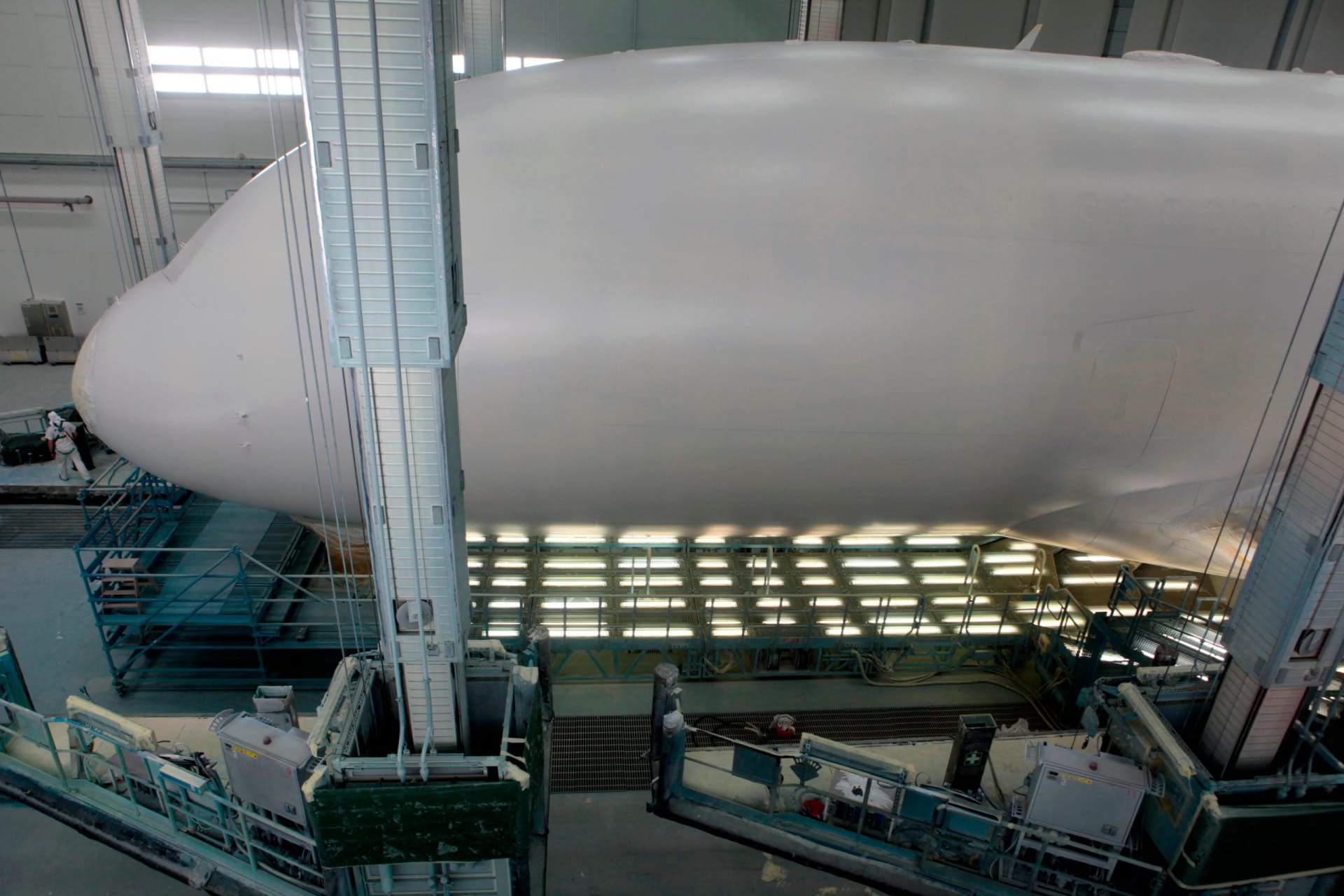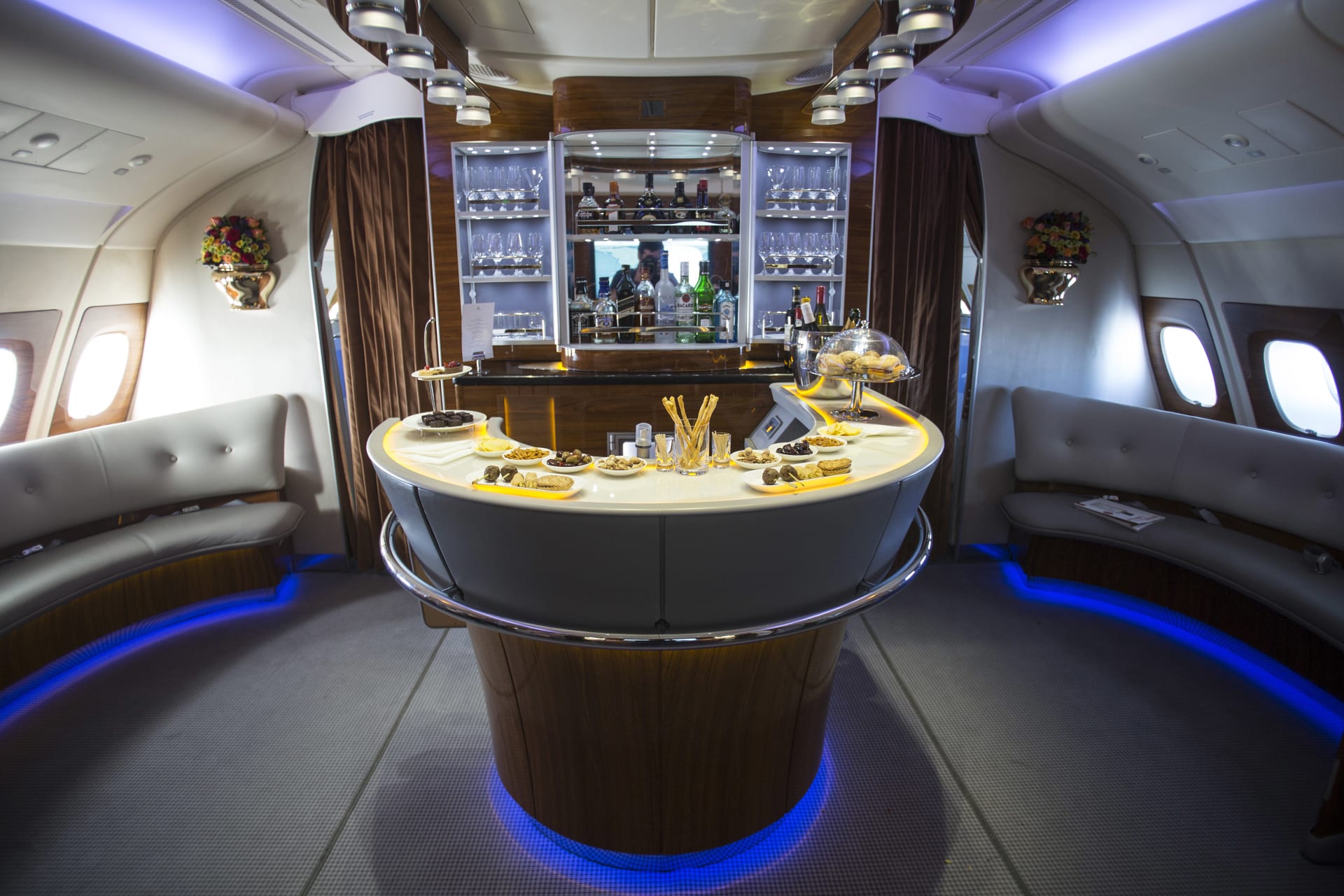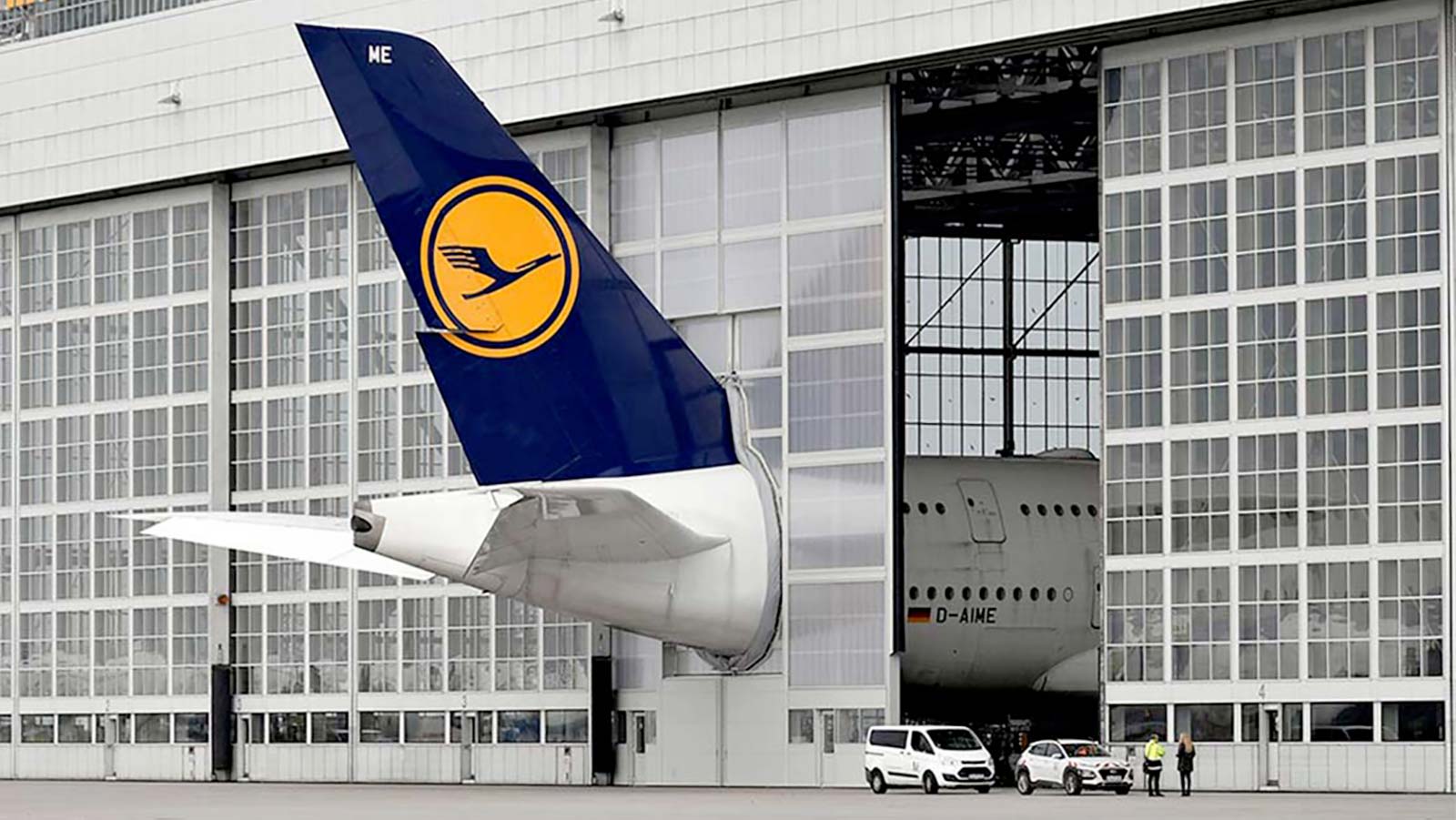Dubai, United Arab Emirates (CNN) – Despite the commercial launch of the Airbus A380 14 years ago, its last flight years are numbered.
While travelers love it for its spaciousness and convenience, it is not the same for airlines due to its operating costs.
When Airbus recently handed over the A380 to its new owners, Emirates Airlines, much emphasis was placed on the latter part of the aircraft.
This giant aircraft was designed at a time when large planes carrying hundreds of passengers between axles were an attractive concept.
However, the change in the aviation industry used in small airports with the entry of small aircraft, with the onset of their use, adversely affected its continuity.
Whether you like to travel on this plane or not, here are 10 interesting facts about this unique aircraft.
1. Bigger than ever
As the only full-length two-class passenger aircraft ever built, the A380 is quite large and, in theory, can carry a maximum of 853 passengers if all seats are economy class.
However, no airline fitted the aircraft for this, and 615 had the maximum registration capacity of the economy and business class.
2. Mile wire

Credit: Gideon Mendel / Corbis / Getty Images
Each A380 has more than 430 kilometers of power cable and wiring, and its installation has proven to be very difficult, with some initial production delays being blamed on the wiring.
In 2009, Airbus facilitated operations by expediting the installation of wire-backed brackets, which were placed on approximately 80,000 of each aircraft.
3. Turbulent air
The size and weight of an aircraft can cause turbulence to small aircraft flying nearby, a phenomenon known as “wake turbulence”.
Also in 2017, a small private jet overturned in the air while crossing the A380.
Recent guidelines state that light aircraft must wait 4 minutes before taking off or landing on the same runway as the A380.
4. Lots of paint

Credit: Etienne De Malglaive / Getty Images
950 gallons of paint is required to cover the entire surface of an aircraft covering an area of approximately 11.5 square kilometers.
A typical paint adds 1,400 pounds to a plane, and the process usually takes two weeks.
5. No need to pack light luggage
The A380’s luggage compartment can hold up to 3,000 bags, and two load straps, one front and one back, can be used simultaneously to speed up the process.
6. Universal aircraft
Each A380 is made from over 4 million individual components manufactured by 1,500 companies in 30 different countries.
These areas reach the southern French city of Toulouse by land, air and sea, where the final flight will take place.
7. Larger area than the basketball court
With its full-length dual base, the A380 offers 1.8 square kilometers of usable ground space, 40% more than the second largest aircraft, the Boeing 747-8.
8. You may own a portion of it

Credit: Nicolas Economou / NurPhoto / Getty Images
Although it has taken delivery of the last A380 ever built, Emirates has already retired the first aircraft it bought 14 years ago, handed it over for recycling and turned it into furniture.
Items listed for pre-order at the Dubai Airshow in November include coffee tables made of wheels, clocks made of wing plates and the full 24 meter tail of the aircraft.
The luxurious roof of the aircraft was also on display.
9. Not for everyone

Credit: Courtesy Munich Airport
Due to its size, the A380 could not be operated at all airports, and many had to make changes to handle larger carriers.
In Munich, special doors must be built to accommodate the tail area of the aircraft.
Airbus says 140 airports around the world can pick up the plane, and more than 400 airports can accept it during an emergency landing.
10. Partial return
The epidemic severely affected the aviation industry, and it further affected the A380 aircraft.
Lufthansa and Air France A380 aircraft did not return to service after being grounded, and they retired their fleet, while Qatar sent half of its fleet to permanent storage.
On the other hand, Qantas, British Airways, Emirates, Qatar, Singapore and All Nippon Airways and Korean Air announced the resumption of A380 service.

“Freelance alcohol fan. Coffee maven. Musicaholic. Food junkie. Extreme web expert. Communicator.”
